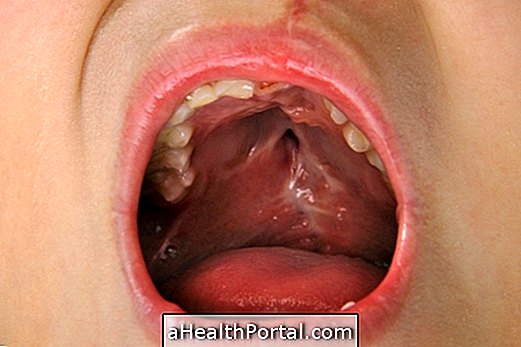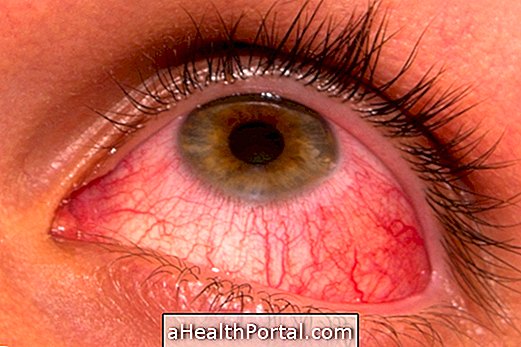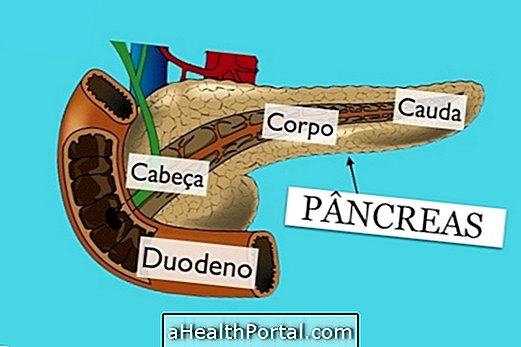Fluorine is a very important chemical element to prevent the loss of minerals by the teeth and to prevent the wear caused by bacteria that form the caries and by acidic substances present in the saliva and in the feeding.
To fulfill its benefits, fluoride is added to tap water and toothpastes, but the topical application of concentrated fluoride by the dentist has a more potent effect to strengthen the teeth.
The application of fluoride can be done from the age of 3, when the first teeth are born and, if used in a balanced way and with professional recommendation, does not cause any harm to health.

Who should apply fluoride
Fluoride is very useful mainly for:
- Children from 3 years old;
- Adolescents;
- Adults, especially if there is exposure of the roots of the teeth;
- Elderly with dental problems.
The application of fluoride can be done every 6 months, or as directed by the dentist, and is very important to prevent the development of infections, cavities and tooth wear. In addition, fluoride is a potent desensitizer, helping to close the pores and prevent discomfort in people suffering from sensitive teeth.
How is fluoride applied?
The technique of application of fluoride is done by the dentist, and can be performed in several ways, among them, the mouthwash of the solution, the direct application of fluoride varnish, or the use of adjustable gel trays. The concentrated fluoride should be in contact with the teeth for 1 minute, and after application, it is necessary to stay at least 30 minutes to 1 hour without ingesting food or liquids.
When fluoride can be harmful
Fluoride products should not be applied or ingested in excess because they can be toxic to the body, leading to an increased risk of fractures and stiffening of the joints, as well as causing fluorosis, which causes white or brownish spots on the teeth.
The safe intake of this substance is between 0.05 and 0.07 mg of fluorine per pound of body weight over the course of a day. To avoid excess, it is recommended to know the amount of fluoride present in the water of the city in which one lives, and in the food that is consumed.
In addition, it is recommended to avoid swallowing toothpastes and fluoride products, especially those applied by the dentist. Generally, toothpastes contain a safe concentration of fluoride, which is between 1000 and 1500 ppm, information that is recorded on the package label.
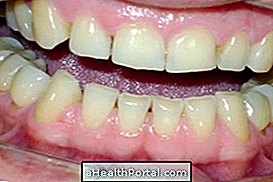

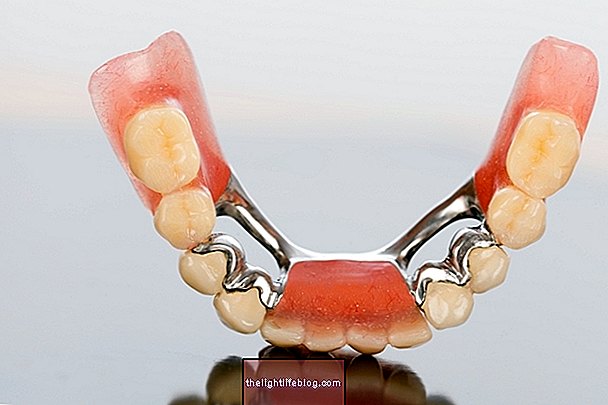

.jpg)






